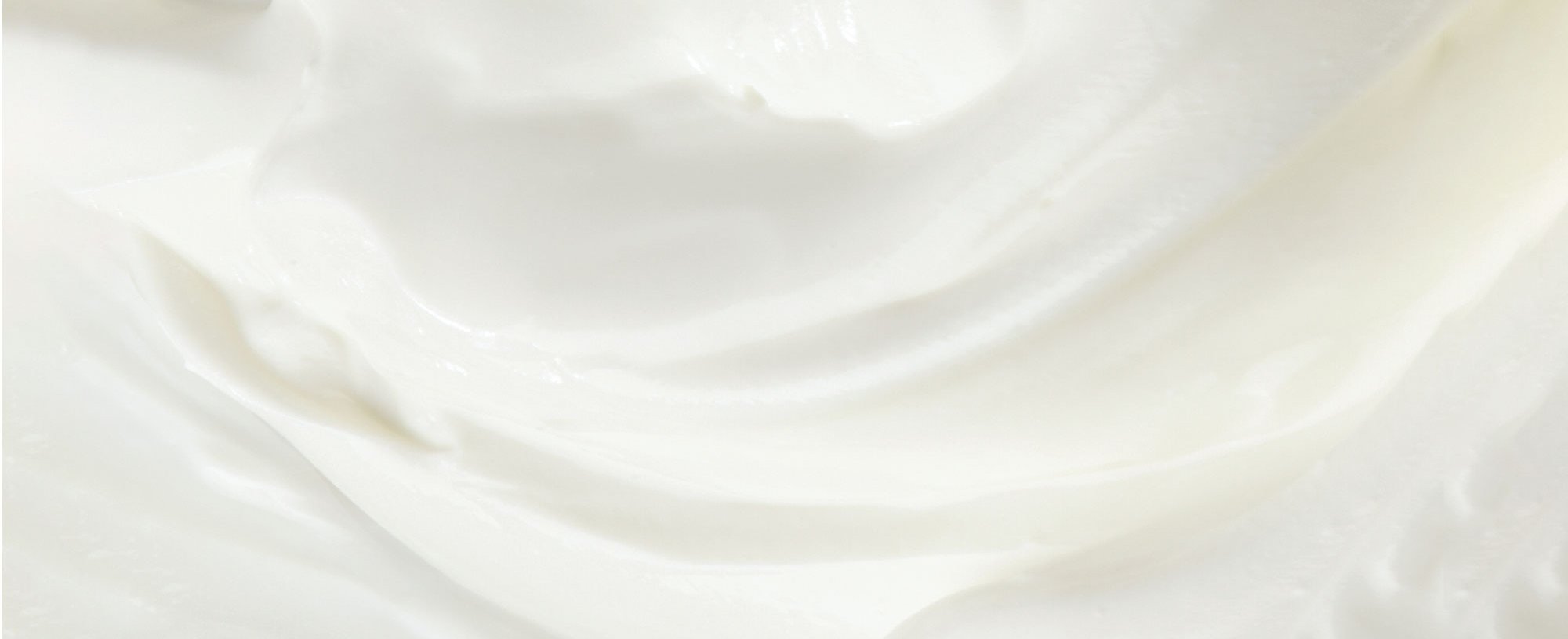There are a lot of skin care tools and devices to keep up with (and even more skin care trends to take note of), and as such, it can sometimes be tough to know for sure what will really work. But there are also plenty of facial treatments that have established benefits, and one of those is microdermabrasion. If you’re not familiar with the term, it’s time to get familiar—because this cosmetic skin treatment is rapidly rising in popularity. Keep reading to learn what this treatment is, the types of skin care concerns it can potentially help address, how to prepare for the treatment, and also some at-home alternatives to add to your skin care routine ASAP.
WHAT IS MICRODERMABRASION?
Simply put, according to the American Academy of Dermatology (AAD), microdermabrasion is a non-invasive treatment that gently exfoliates the top layer of your skin. While there are at-home microdermabrasion devices and kits, the AAD shares that microdermabrasion performed by a professional dermatologist goes deeper into the layers of skin and thus is generally more effective—we’ll be focusing on the professional treatment in this article.
During each microdermabrasion treatment, a dermatologist will use an exfoliating instrument to gently sand and remove the top layer of your skin. According to the AAD, one microdermabrasion treatment typically takes about 30 to 40 minutes, and after the treatment, a facial moisturizer is applied. There’s no downtime after the treatment, but your skin might look red or pink for a bit afterward.
WHAT DOES MICRODERMABRASION DO FOR THE SKIN?
Exfoliation can have many benefits for the skin, so it makes sense that microdermabrasion, which is basically a deeper form of regular old at-home manual exfoliation (via an exfoliating brush or facial scrub), helps to refresh the look of skin and reveal a more radiant, younger-looking complexion. Beyond helping to improve a noticeable dull skin tone, the American Society of Plastic Surgeons lists the benefits of microdermabrasion as: reducing fine lines and wrinkles, improving the appearance of hyperpigmentation, improving the appearance of blackheads and age spots, reducing the appearance of enlarged pores, and treating acne and the scars it can leave behind. Since it rids the complexion of its outer, often thicker, top layer, according to the AAD, microdermabrasion can also help allow skin care products to penetrate the skin more easily.
HOW TO PREPARE FOR MICRODERMABRASION
Before undergoing any sort of professional cosmetic treatment, there are always certain questions you should ask—even if it’s a non-invasive treatment, such as microdermabrasion. First off, you should know exactly who will be performing the treatment and how, exactly, they will be doing it (what sort of tools they will be using, how long will it take, etc). Next, it’s wise to inquire about how many treatments it will take until you’ll be able to see results. Since we all have different skin types and concerns, it’s hard, if not impossible, to make a blanket statement about how many treatments it takes to produce results for everyone. A professional dermatologist will be able to give you a more accurate estimate of your specific treatment plan's length.
The bottom line: While microdermabrasion could help improve the skin’s appearance even if you are suffering from the effects of acne, dark spots, or uneven tone and texture, you should always get a professional’s opinion on how it will affect your specific situation before you commit to a treatment.
OTHER WAYS TO EXFOLIATE YOUR SKIN
Exfoliation plays an important role in any quality skin care routine—whether or not you have any of the aforementioned skin concerns—and microdermabrasion is far from your only exfoliation option. If you’re not already using a facial exfoliant in your regular routine, it’s time to start now. While at-home products generally aren’t as strong as professional treatments, they still can hold plenty of benefits for your skin, including removing dirt, oil, and impurities from skin’s surface and also improving skin texture and tone.
When it comes to exfoliating at home, there are two options you can consider: mechanical or chemical exfoliation. Mechanical exfoliation includes using a face scrub, such as the L'Oréal Paris Pure-Sugar Resurface & Energize Kona Coffee Scrub, L'Oréal Paris Pure-Sugar Nourish & Soften Cocoa Scrub, or the L'Oréal Paris Pure-Sugar Smooth & Glow Grapeseed Scrub, to manually buff away the dead skin cells that accumulate on your skin’s surface. Your other option is to use a facial cleanser or treatment that contains a chemical exfoliant formulated with an AHA or BHA, like the L'Oréal Paris Revitalift Bright Reveal Brightening Daily Peel Pads. Just like after a professional microdermabrasion treatment, after you exfoliate at home, it’s a must to apply a facial moisturizer.
Next up: What Are Ceramides?







